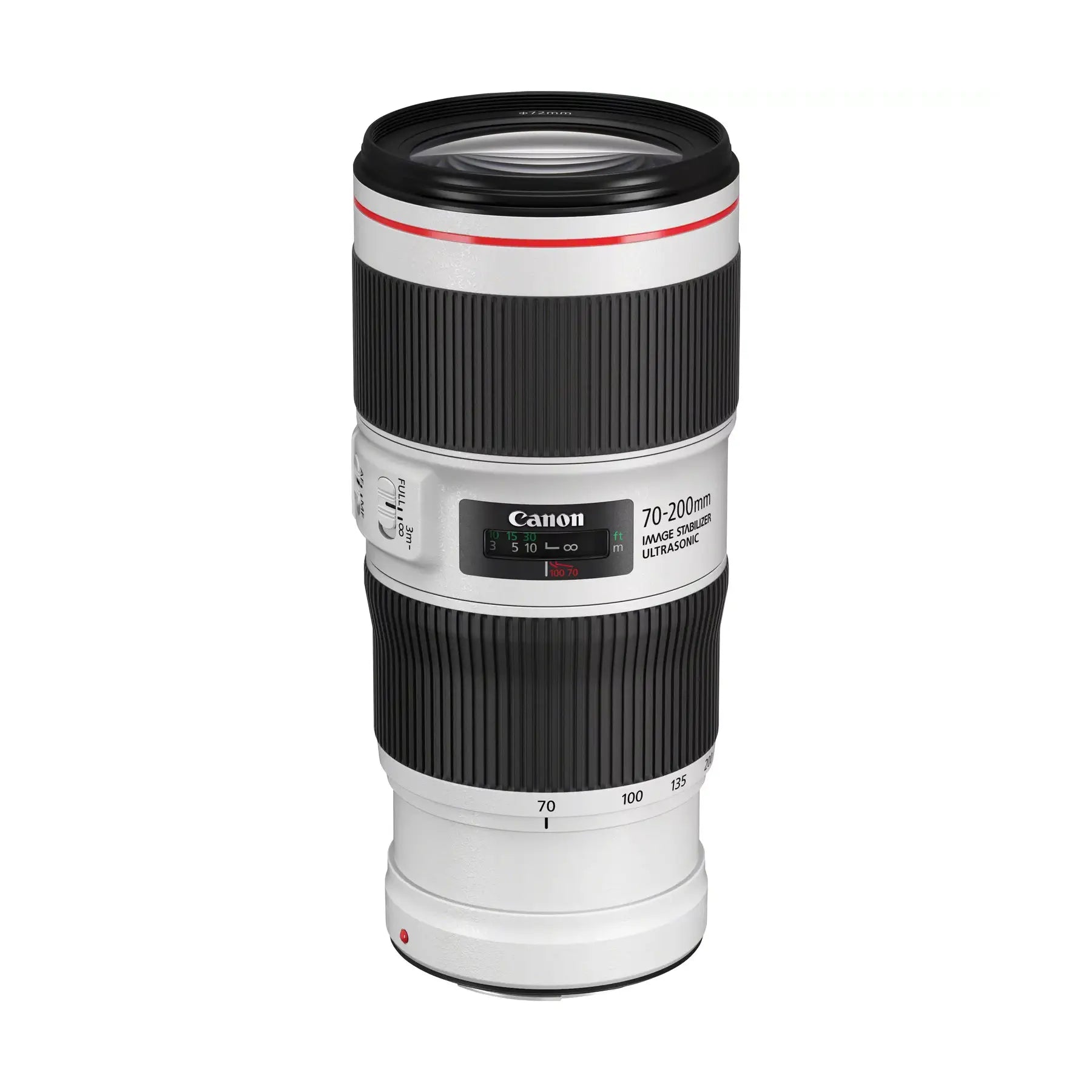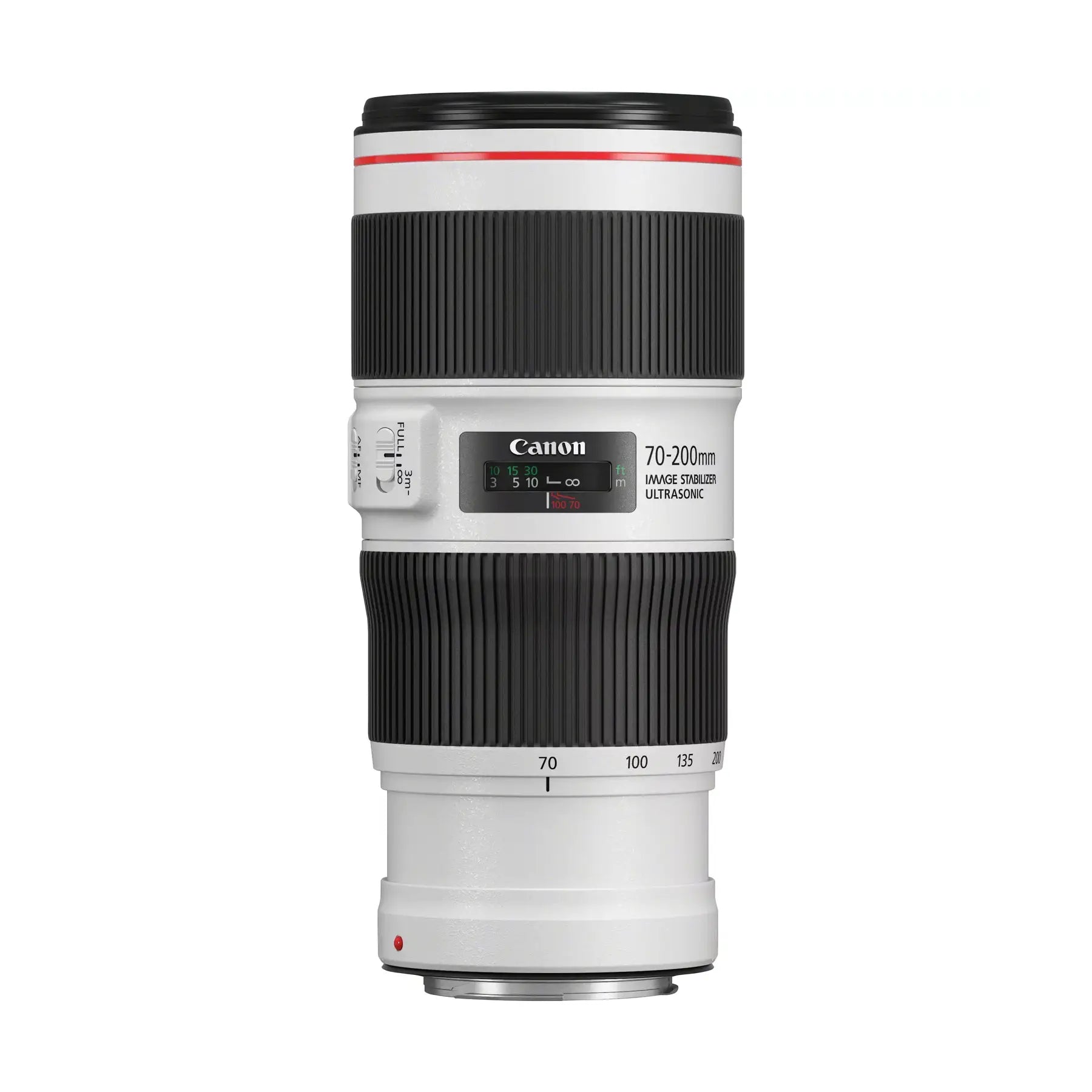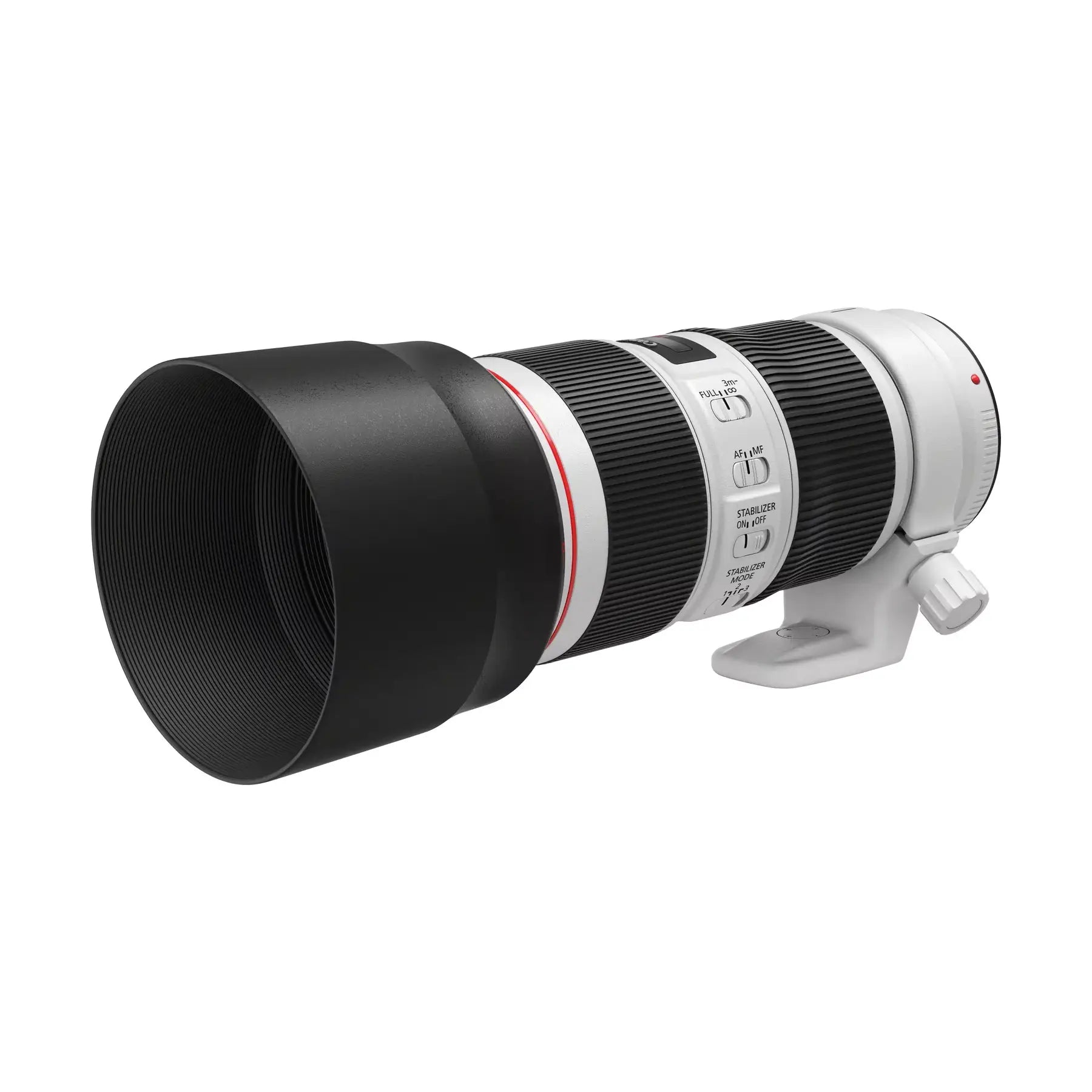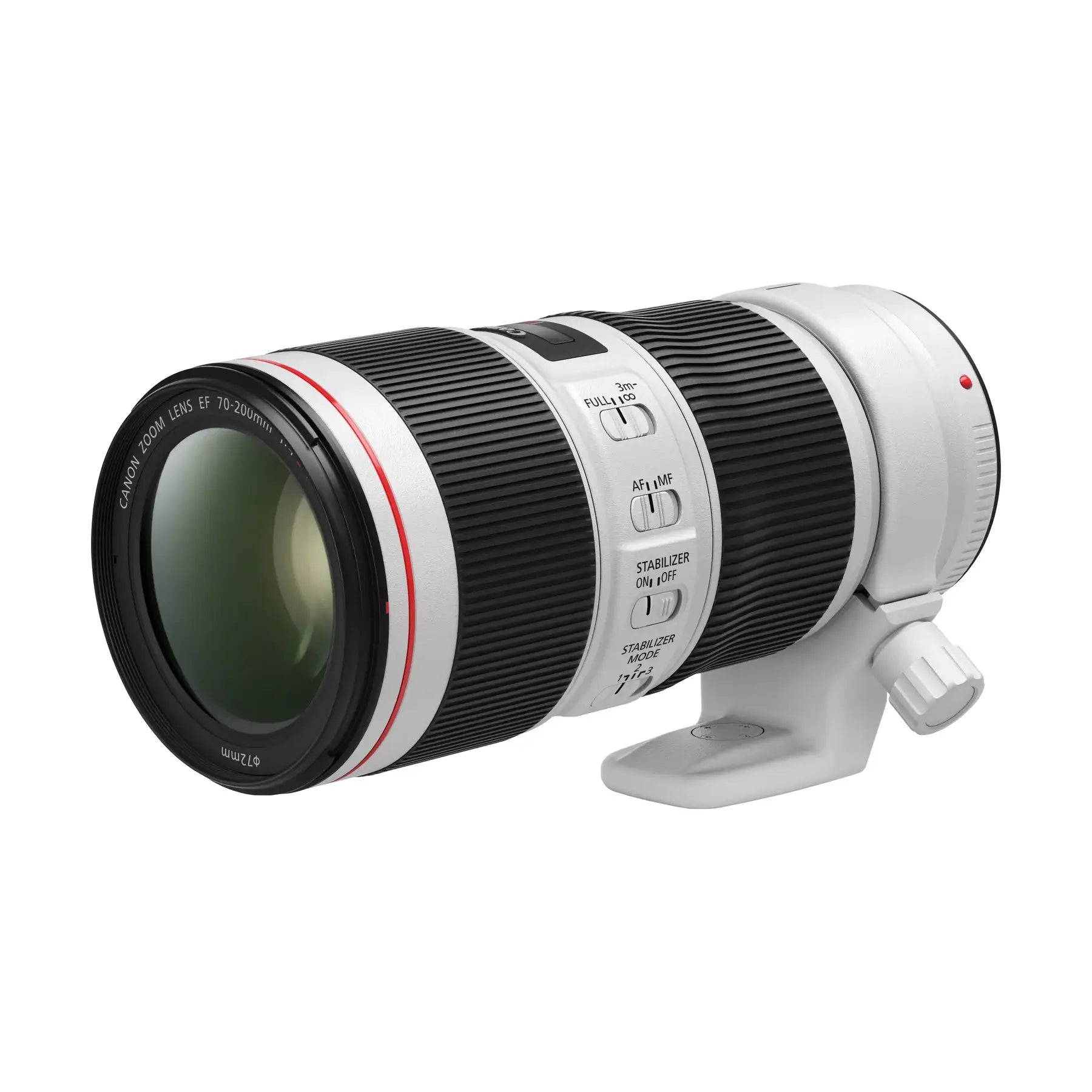Product Description
Canon EF 70-200mm f/4L IS II USM Lens
Portable Performance, Professional Results
The Canon EF 70-200mm f/4L IS II USM is a lightweight and versatile telephoto zoom lens designed for photographers who demand exceptional image quality without the bulk. Perfect for travel, landscapes, reportage, and more, this lens combines cutting-edge optical design with reliable performance in any conditions.
Key Features
Compact and Portable
- Lightweight Design: Ideal for photographers on the move, this lens is perfect for travel and outdoor shoots.
Consistent Exposure
- Constant f/4 Aperture: Delivers consistent exposures throughout the zoom range, simplifying composition and shooting.
Exceptional Stability
- 5-Stop Image Stabiliser: Minimises blur caused by camera shake, even at 200mm or in low-light conditions, enabling sharp handheld shots.
Optical Excellence
- Fluorite Element: Reduces chromatic aberration and ensures superb sharpness across the frame.
- Super Spectra Coating: Minimises ghosting and flare for vibrant, high-contrast images.
Durable and Reliable
- L-Series Build Quality: Weather-sealed to resist dust and moisture, ensuring reliable performance in challenging environments.
Specifications
- Focal Length: 70-200mm
- Maximum Aperture: f/4
- Minimum Aperture: f/32
- Lens Construction: 20 elements in 15 groups
- Aperture Blades: 9 (circular diaphragm for smooth bokeh)
- Minimum Focusing Distance: 1m
- Maximum Magnification: 0.27x
- Filter Diameter: 72mm
- Weight: Approx. 780g
- Dimensions: Approx. 80 x 176mm
Ideal For
- Travel Photography: Lightweight and portable for easy carrying.
- Portraits: Create beautifully separated subjects with smooth bokeh.
- Landscape Photography: Capture stunning detail across the frame.
- Sports and Wildlife: Fast focusing and stabilisation ensure sharp images of moving subjects.
What's in the Box
- Canon EF 70-200mm f/4L IS II USM Lens
- Lens Hood (ET-78B)
- Lens Cap (E-72 II)
- Rear Lens Cap
- Soft Lens Case
The Canon EF 70-200mm f/4L IS II USM is the perfect combination of professional performance and portability. Whether you’re shooting in the field or on the go, this lens ensures stunning results with every click.
For full specifications click Here
Try The Kit - Canon Test Drive

Canon Test Drive – Try Before You Buy with Free Next Day Delivery
Test selected Canon gear with a 48-hour free trial or hire for up to 7 days at a low cost. Book anytime via the 24/7 live system.
How it works:
-
Book your kit – Choose dates and reserve online.
-
Pay a refundable deposit – Fully refunded upon safe return.
-
Fast delivery – Get your gear quickly and securely.
-
Easy returns – Use pre-paid packaging for simple drop-off or collection.
Visit https://testdrive.trythekit.com to book yours now.
Payment & Security
Your payment information is processed securely. We do not store credit card details nor have access to your credit card information.





















